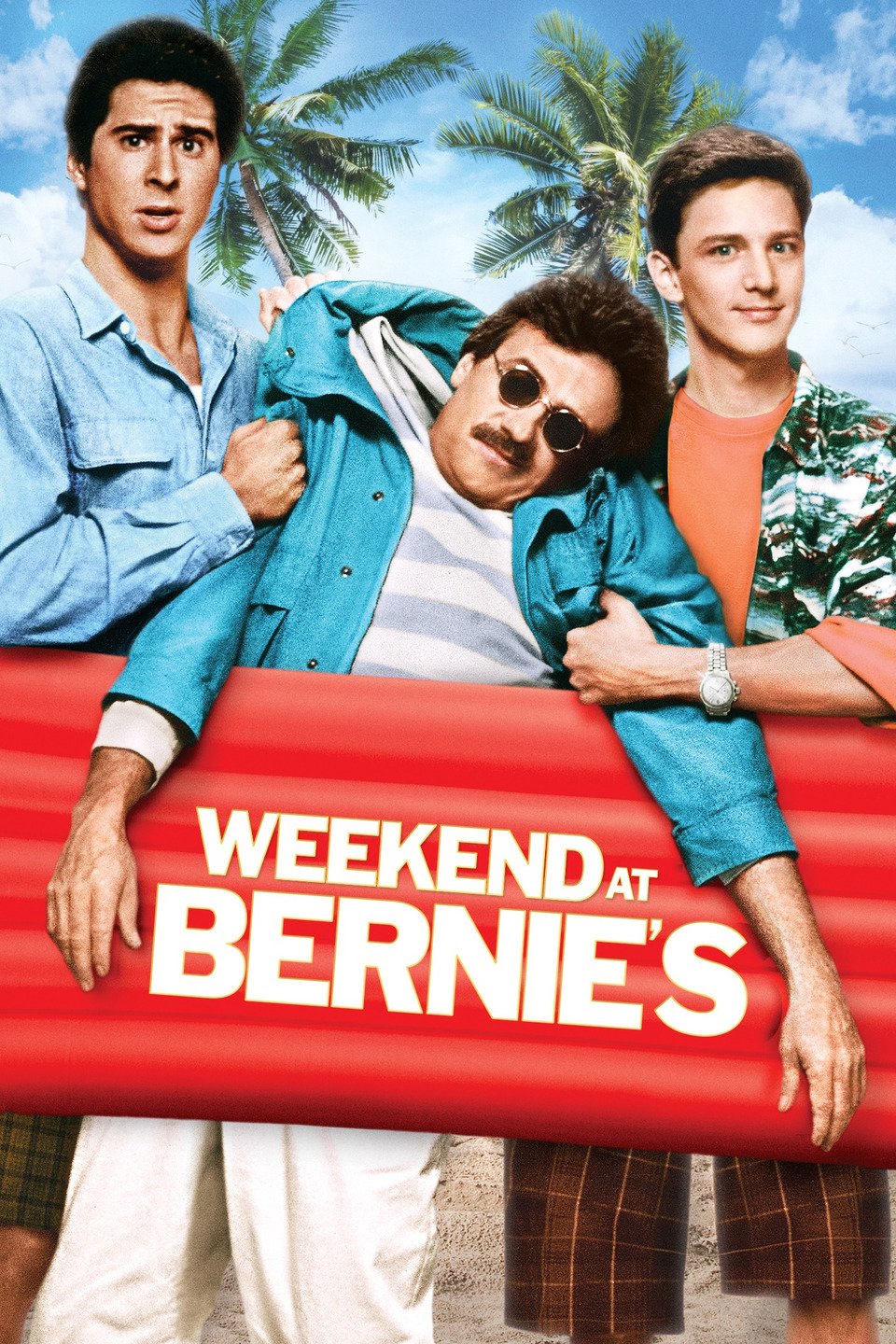harmonica
Diamond Member
- Sep 1, 2017
- 43,841
- 20,010
- 2,300
......Freakin YES!! now Denizen, all your posts will be seen as crap since you LIED and bullshitted....there's NOTHING about punishing in there....you are just as bad as the MSMThe Pentagon is punishing warship commanders for acting in the best interest of protecting human life by aborting military missions when coronavirus infects the crew.
The Pentagon has been hiding the effect of coronavirus on the military and it is likely that infections are accelerating because of Pentagon's inaction and valuing military missions ahead of the lives of their crews.
Could we see warships returning with large numbers of dead sailors?
A Navy Captain’s Brave Fight Against Coronavirus
A Navy Captain’s Brave Fight Against Coronavirus
There’s no social distancing on an aircraft carrier, so an emergency stop was the right call.
By James Stavridis
April 1, 2020, 11:24 PM GMT+7
I have been a ship captain, a commodore in charge of a group of destroyers, and an admiral in command of a carrier strike group with a nuclear aircraft carrier, the USS Enterprise. In the course of my career, I made many hard choices at sea in both peace and combat — but I never faced the kind of hard choice that the captain of the carrier USS Theodore Roosevelt, Brett Crozier, just had to make.
Faced with the coronavirus sweeping through his 5,000-sailor crew, he reached out to his chain of command and requested permission to abort his assigned mission patrolling the Pacific and South China Sea, and come to all stop at Guam to disinfect his ship and save his crew from unnecessary medical risks. How should we evaluate his actions in the face of an invisible but deadly foe?
Let’s start by understanding what life on a Navy warship is like. Think of the kitchen in a suburban home — a fairly nice sized one with an island and granite counters. That’s about the size of most Navy “berthing compartments,” the bunk room where the sailors sleep. In that space, a dozen sailors each have a tight single bunk bed and a small locker to store their clothes. They will share a shower, a couple of sinks and a commode or two.
When the sailors queue up for meals, it is a long human line, snaking down a tight corridor, with everyone packed together on one side to allow people to pass to and from their assigned stations. Even the watch stations on the bridge and in the combat information center have everyone seated shoulder to shoulder.
It is the exact opposite of the social distancing civilians have rightly been asked to practice. The 18th century wit Samuel Johnson said of Britain’s Royal Navy that serving in a warship is like “is being in jail, with the chance of being drowned.” Life on a Navy ship isn’t as bad as jail, of course, but you get the idea.
So those berthing compartments, unfortunately, have become “birthing compartments,” as in birthing the coronavirus. When Crozier first heard he had a few cases, he must have felt his heart skip a beat, as the odds were high that many, many more cases were already circulating through the crew. Very shortly, he had 20 cases, then 50, then 100. His physicians, consulting with the Navy medical establishment ashore, would no doubt have recommended doing all the things that were tried on cruise ships — isolating the sick, treating them as best they could (even a carrier has only a handful of medical personnel onboard), spreading out everyone else, and testing as many as possible.
The problem, of course, is that unlike a cruise liner — where passengers can hunker down in their own stateroom — those berthing compartments, chow lines and watch stations were designed for close-quarter contact. And to make it worse, everybody is sitting on a nuclear reactor that is loaded with jet fuel, high-grade explosives, bombs and missiles.
Crozier certainly knows that the mission comes first. And in his heartfelt letter, he acknowledged that if we were in a war, he would simply do the best he could, hope most of the infected had only mild symptoms, and go to the fight weakened but hopefully operational. But the USS Theodore Roosevelt was not headed to war, a circumstance in which the health of the force has to come first. In this case, the extraordinary choice was to evacuate the crew (all but the 10% needed to run the reactor and disinfect the ship) and keep the ship parked in Guam for at least two weeks. ...
Your personal comment was deceptive and in no way did the article substantiate your allegations. There was nothing in the article about the Pentagon punishing warship commanders, hiding the effect of coronavirus on the military, or being negligent in looking out for the lives of military crews.
Of course, the story you linked was from the Communist Chinese-sympathetic Bloomberg News, so I'm sure they'd like to thank you for spreading Chinese propaganda.



